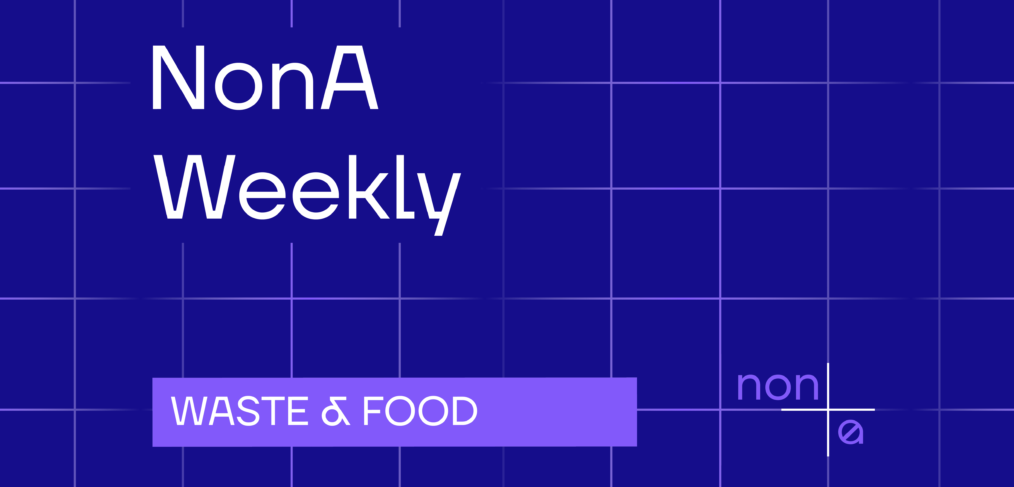
NonA Weekly: FARMING IN NEW HEIGHTS 🌻

Image by @hildebuiter
Dear readers and friends,
Designing ✍️ vertical farms in cities offers a sustainable solution ♻️ to the challenges of food production 🥕 and distribution 🚚 in urban areas.
As the world’s population continues to grow 📈, traditional agriculture 🚜 is becoming increasingly inefficient and unsustainable. Vertical farms can provide fresh, locally grown produce while minimizing the environmental impact 🌍 of transportation and reducing 📉 the need for harmful ☢️ pesticides and fertilizers.
Additionally, urban farming can create jobs 💼, promote community engagement 🧑🤝🧑, and contribute to the revitalization of underutilized urban spaces 🗺️.
2. AN OVERVIEW 🔎 OF VERTICAL FARMS
Vertical farming is still a growing phenomenon 📈. It will contribute a great deal to food sustainability in cities. This is most important as we project an increase in our urban population 👪. Vertical farming has various advantages over rural farming 🚜, and ARCHITECTS must be prepared 💪 to streamline their perspectives to align with this building type.
3. THE PLANTY CUBE IS A VERTICAL FARMING SYSTEM ASSEMBLED LIKE LEGO BRICKS 🧱
Agriculture IoT startup n.thing has developed ‘planty cube,’ an automated 🤖 vertical FARMING system that allows users to maintain crops 🌾 at any time and from anywhere. the system connects like LEGO bricks with a modular design made up of multiple capsules called pickcells that contain the seeds 🌱 of each plant.
4. MODULAR VERTICAL FARMS FOR BROOKLYN 🏙️ NEIGHBOURHOODS
The conceptual Glasir project comprises a stack of greenhouse-like MODULES that could be built 🏗️ in various locations across the New York borough, where Framlab’s research has found that 20 per cent of the population are 🍽️ food-insecure.
5. WHY GROWING UP CAN MAKE A DIFFERENCE 🤔
In the next 30 years, in the midst of a rapidly changing CLIMATE, we will need to feed 🍽️ 10 billion people with less water 💧 and less arable land. Faced with fewer resources, successfully feeding the world will require more innovative 🧠 and reliable ways to grow safe food.
6. HOW FAR CAN VERTICAL FARMING GO? 🤯
Vertical farming promises a FUTURE 🔮 in which our food is grown 🥕 in pockets of spaces in our cities and beneath our feet. But how far can it really go?
7. ARE INDOOR 🏢 VERTICAL FARMS THE FUTURE OF AGRICULTURE?
By 2050, the global population is projected to reach 9.8 billion. How are we going to feed everyone? Stuart Oda points to indoor vertical farming: growing food on tiered racks in a controlled, climate-proof environment. In a forward-looking TALK, he explains 📣 how this method can maintain better safety standards, save money 💰, use less water 💧 and help us provide for future generations.
Daniela


